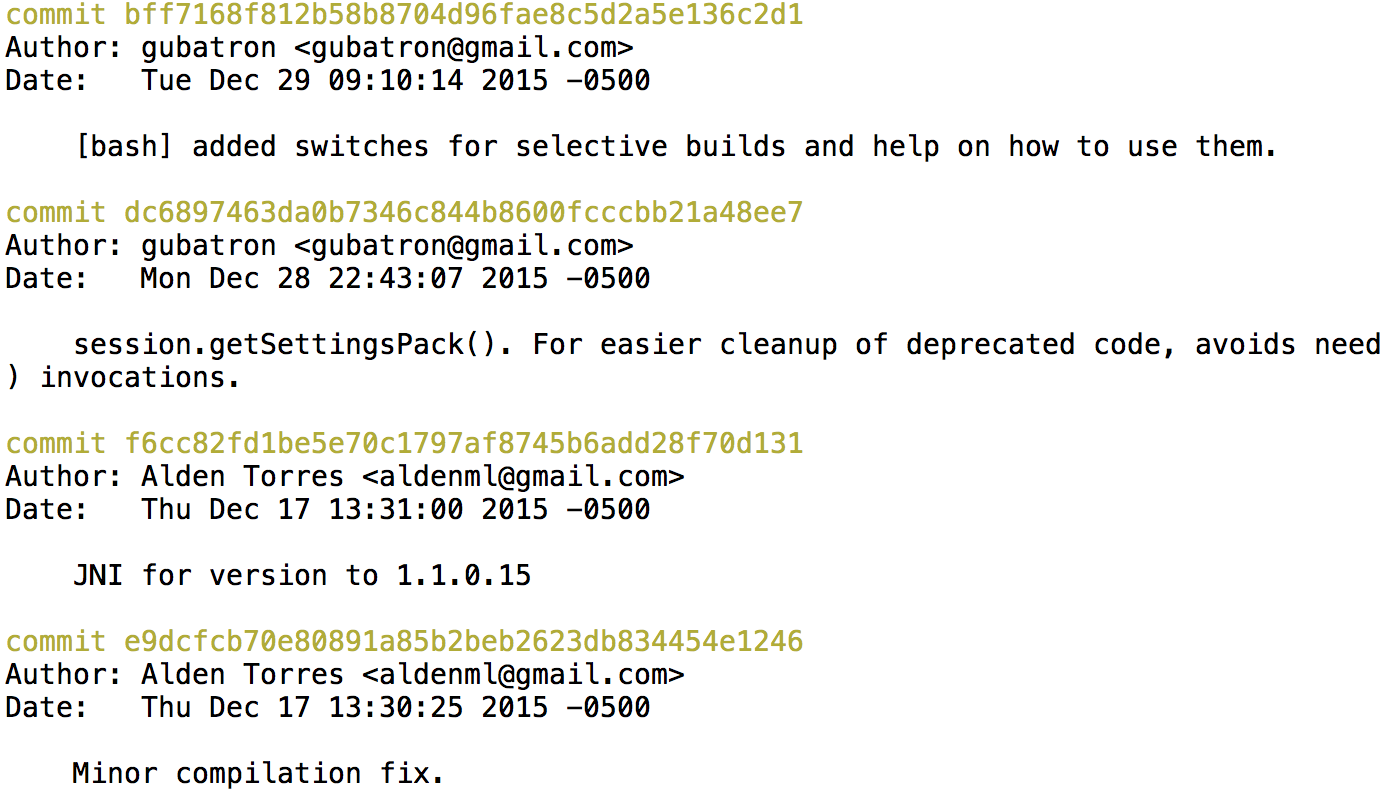Month: May 2013
Call to an end of keys and locks as we know them
I’m personally trying to simplify my life as much as possible, getting rid of the things I don’t need/enjoy. Keys…
My Git Cheat-sheet
I don’t know if it’s the crazy syntax, but for the life of me, I always need to come back…
OUYA Unboxing and first impressions
I was one of the July 2012 backers and I finally received my OUYA right on Memorial weekend on Saturday…
Adobe Premiere Pro CS6 recommended settings to edit and export YouTube videos
1920×1080 16:9 PAR 1 Progressive 30 fps drop frame timecode 48k General Editing mode: Custom Timebase: 29.97fps Video Settings Frame…
